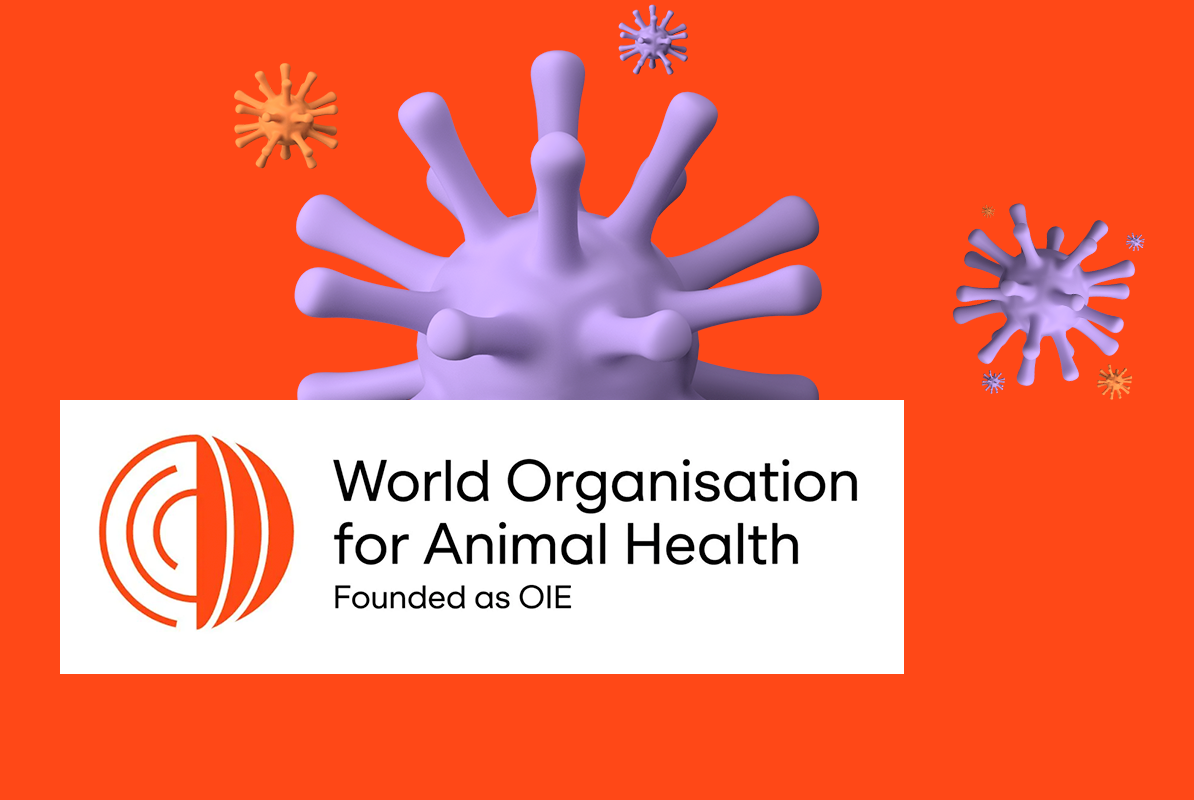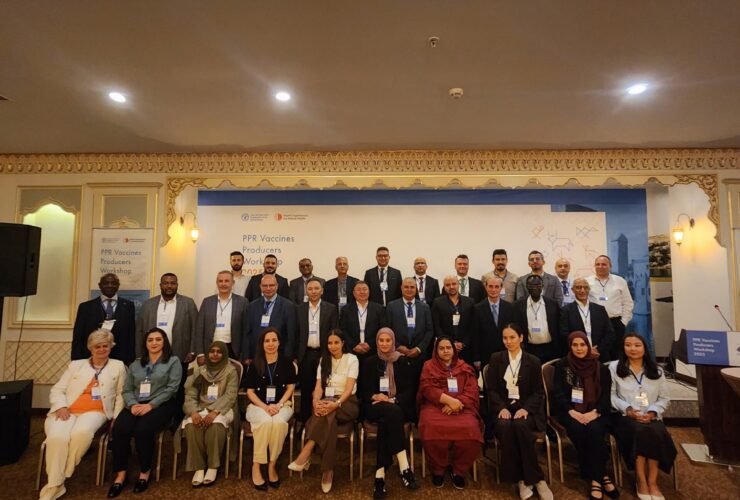WOAH Report: By 2050, Antimicrobial Resistance Could Scarily Increase Food Security and Health Costs!

WOAH Report: By 2050, Antimicrobial Resistance Could Scarily Increase Food Security and Health Costs!
According to the most comprehensive modelling to date, superbugs could jeopardise the food supply security of more than two billion people by 2050 and increase annual health expenditure by US$159 billion.

Impacts of Antimicrobial Resistance on Health and Food Safety Towards 2050
26 September 2024, New York – Data from more than 200 countries forecasts the full toll of antimicrobial resistance (AMR) on people, livestock and the economy and estimates a return of US$ 28 for every US$ 1 invested in drug innovation and health care improvements.
The analysis, produced by a global partnership of leading health and development organisations, is the first to comprehensively forecast the economic and health burdens of AMR on both humans and food-producing animals.
According to the UN, AMR is one of the top 10 global health threats facing humanity. It has led to the rise of “superbugs”, including bacteria no longer treatable using antibiotics.
The EcoAMR series (Health and Economic Impacts of AMR in Human and Food-Producing Animals), led by the World Organisation for Animal Health (WOAH), used the latest data from 204 countries and 621 subnational locations to forecast the impact of AMR on mortality, health care costs, food security and the global economy.
Released ahead of a High-Level Meeting on AMR at the UN General Assembly, the modelling found that, if no action is taken now, drug resistance could cause annual global GDP losses up to US$ 1.7 trillion by 2050, while the spread of resistant pathogens from livestock to humans, could cost up to US$ 5.2 trillion. It also found that AMR could result in production losses in the livestock sector equivalent to the consumption needs of 746 million people, or more than two billion people in a more severe scenario by the same year.
The animal health analysis showed that achieving a global 30 per cent reduction in livestock antimicrobial use within five year-time-period can lead to a cumulative increase in global GDP by US$ 120 billion from 2025 to 2050.
“These data highlight the need to accelerate comprehensive solutions to tackle AMR,” said Dr Christopher J.L. Murray, Director of the Institute for Health Metrics and Evaluation (IHME). “A ‘One Health’ approach, which spans the human, plant and animal sectors, is needed, as well as bringing the private and public sectors together to collaborate at the national and global levels. Only global will and investment, guided by evidence, can contain this growing health threat.”
The EcoAMR series estimates that about 39 million people could die due to AMR by 2050, especially among older people and those in low- and middle-income countries. This study is consistent with the results from the Global Research on Antimicrobial Resistance (GRAM) project recently published. Together, these findings provide a complete picture of the critical global threat posed by AMR.







